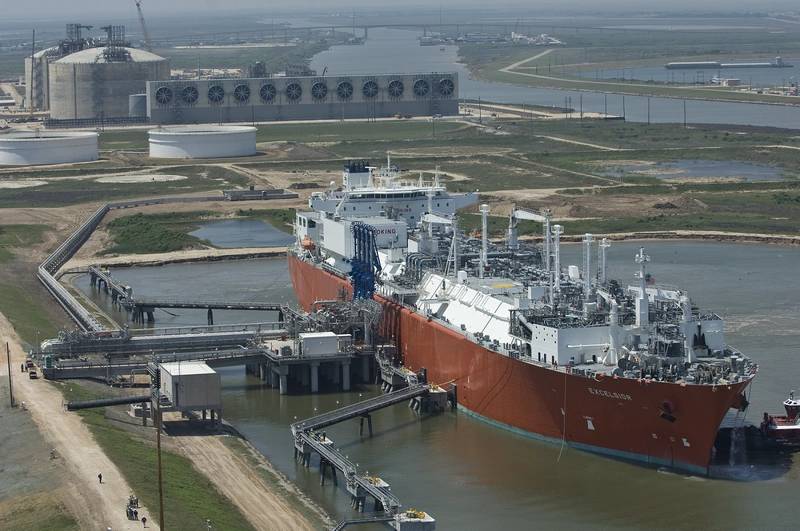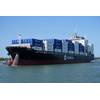US LNG Exports at 20-month Low
Natural gas flows to U.S. liquefied natural gas (LNG) export plants plunged this month after falling to a 20-month low in June as coronavirus lockdowns cut global demand for the fuel.
Before the pandemic slashed energy demand, U.S. producers counted on LNG exports to keep growing fast as an outlet for their record gas output. But after soaring 68% in 2019 and 53% in 2018, U.S. LNG exports were only expected to rise about 7% in 2020.

Gas pipeline flows to U.S. LNG export plants dropped to an average of 3.1 billion cubic feet per day (bcfd) so far in July from a 20-month low of 4.1 bcfd in June and a record high of 8.7 bcfd in February, according to Refinitiv data.
With U.S. LNG capacity rising as new units enter service, utilization of those plants has collapsed from 85%-90% in 2019 to just 32% so far this month as buyers cancel dozens of cargoes.
Analysts at Simmons Energy, energy specialists at U.S. investment bank Piper Sandler, projected U.S. LNG utilization will hover between 60%-70% over the next several years.
So far this month, only five vessels picked up cargoes from the six U.S. LNG export plants - two from Cheniere Energy Inc’s Sabine Pass in Louisiana, two from Cameron LNG’s plant in Louisiana and one from Dominion Energy Inc’s Cove Point in Maryland, according to Refinitiv.
No ships have visited Cheniere’s Corpus Christi plant in Texas since June 29, Freeport LNG in Texas since June 27 or Kinder Morgan Inc’s Elba Island plant in Georgia since January.
The number of vessels carrying U.S. LNG peaked at 74 in January, according to federal data. But Refinitiv data said the number of vessels carrying U.S. LNG fell to 50 in May and a 16-month low of 31 in June.
(Reporting by Scott DiSavino; editing by Jonathan Oatis)
Related News


